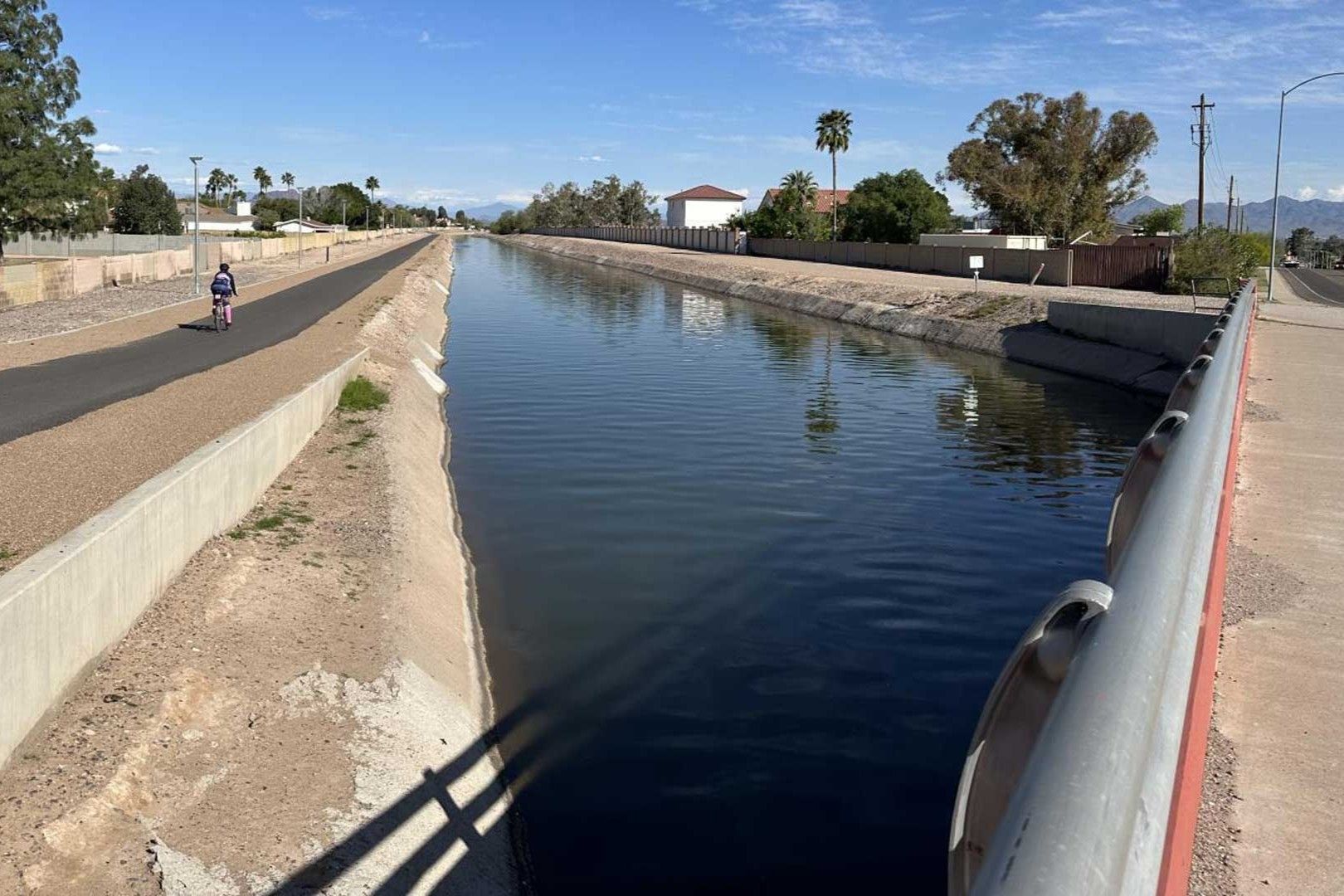Secrets Of Arizona’s Prehistoric Canals

Have you ever wondered how ancient civilizations managed to thrive in the harsh desert environment of Arizona? The answer lies in their ingenious prehistoric canals. These early inhabitants, known as the Hohokam, built an extensive network of waterways that transformed the arid landscape into fertile farmland. Stretching over hundreds of miles, these canals were a marvel of engineering, allowing the Hohokam to grow crops like corn, beans, and squash. Today, remnants of these ancient structures can still be seen, offering a glimpse into the resourcefulness and ingenuity of these early desert dwellers. Join us as we explore the fascinating history and significance of Arizona's prehistoric canals.
Secrets of Arizona's Prehistoric Canals
Arizona's prehistoric canals are marvels of ancient engineering. These waterways, created by indigenous peoples, transformed arid landscapes into fertile grounds. Let's uncover some of the most fascinating sites where these ancient canals can be found.
Phoenix Basin
The Phoenix Basin is home to some of the most extensive and well-preserved prehistoric canals. These canals were built by the Hohokam people, who thrived in the region for over a thousand years.
Pueblo Grande Museum and Archaeological Park
Located in Phoenix, this site offers a glimpse into the Hohokam civilization. Visitors can explore the remnants of ancient canals and learn about the innovative techniques used to manage water in the desert.Park of the Canals
Situated in Mesa, this park features visible canal remnants and interpretive signs explaining their historical significance. It's a great spot for a leisurely walk while pondering the ingenuity of ancient engineers.
Tucson Area
The Tucson area also boasts significant prehistoric canal systems. These canals were essential for the survival and prosperity of the early inhabitants.
Santa Cruz River Park
This park in Tucson showcases the remains of ancient canals that once irrigated vast agricultural fields. The park's trails and informational plaques provide insight into the region's rich history.Mission Garden
A living agricultural museum in Tucson, Mission Garden replicates the farming techniques of the area's early inhabitants. Visitors can see how ancient canals were used to sustain crops in a challenging environment.
Gila River Valley
The Gila River Valley is another region where prehistoric canals played a crucial role in supporting large communities.
Casa Grande Ruins National Monument
Located near Coolidge, this monument preserves the ruins of an ancient Hohokam village. The site includes remnants of canals that once brought life-giving water to the desert.Gila River Indian Community
This community near Sacaton has preserved and continues to use some of the ancient canal systems. Visitors can learn about the ongoing legacy of these prehistoric waterways.
Verde Valley
The Verde Valley's prehistoric canals are less well-known but equally impressive. These canals supported thriving agricultural communities in the region.
Montezuma Castle National Monument
Near Camp Verde, this monument features cliff dwellings and evidence of ancient irrigation canals. The site offers a fascinating look at how early inhabitants adapted to their environment.Verde Valley Archaeology Center
Located in Camp Verde, this center provides exhibits and information about the region's prehistoric canals. It's an excellent resource for understanding the area's ancient water management systems.
Salt River Valley
The Salt River Valley's prehistoric canals are a testament to the ingenuity and resilience of the Hohokam people.
Arizona Museum of Natural History
In Mesa, this museum features exhibits on the Hohokam canals and their impact on the region. It's a great place to learn about the engineering marvels of these ancient waterways.Riverview Park
Also in Mesa, Riverview Park has interpretive signs and displays about the prehistoric canals that once crisscrossed the area. It's a perfect spot for a family outing while learning about local history.
Arizona's Ancient Waterways: A Legacy of Innovation
Arizona's prehistoric canals reveal the ingenuity of ancient civilizations. These early engineers transformed the arid landscape into fertile farmland, supporting thriving communities. Their impressive network of waterways, some still visible today, showcases their advanced understanding of irrigation and water management.
Exploring these ancient canals offers a glimpse into the past, highlighting the resourcefulness and resilience of those who lived in the region. The canals not only provided water but also fostered trade and communication, connecting distant settlements.
Modern Arizona owes much to these early innovations. The principles behind these ancient systems continue to influence contemporary water management practices. By studying and preserving these historical treasures, we honor the legacy of those who shaped the land long before us.
Arizona's prehistoric canals stand as a testament to human ingenuity, reminding us of the enduring impact of ancient engineering marvels.

